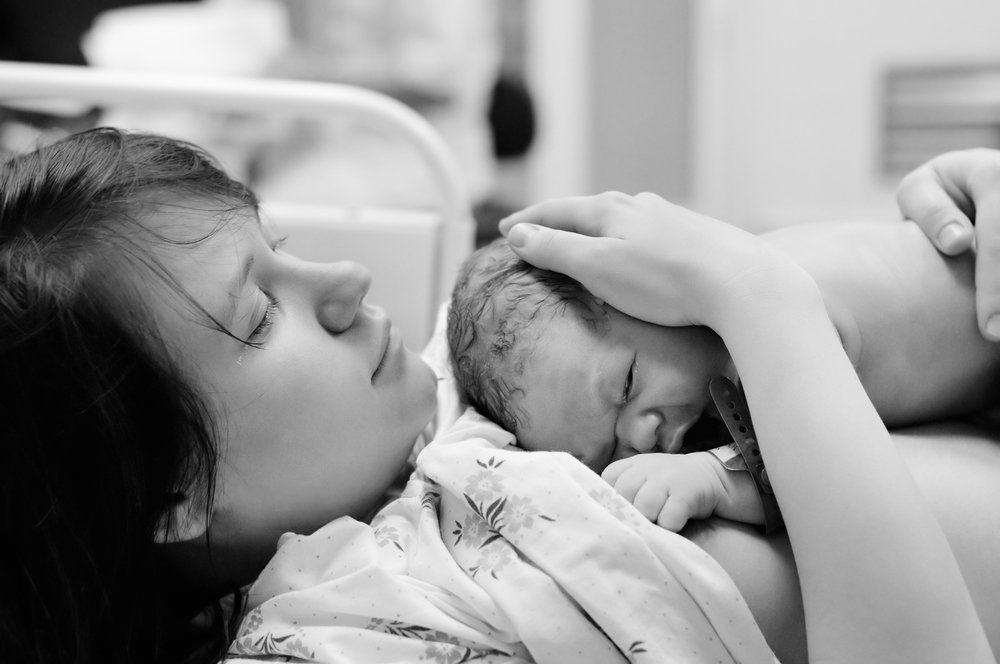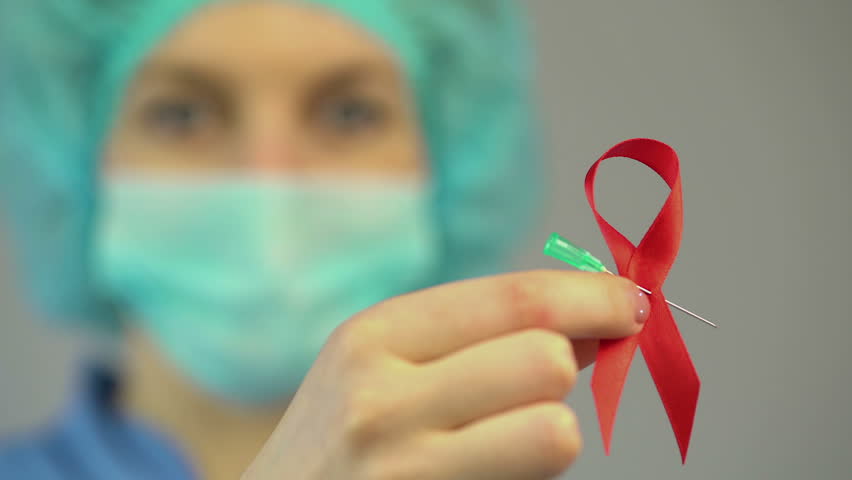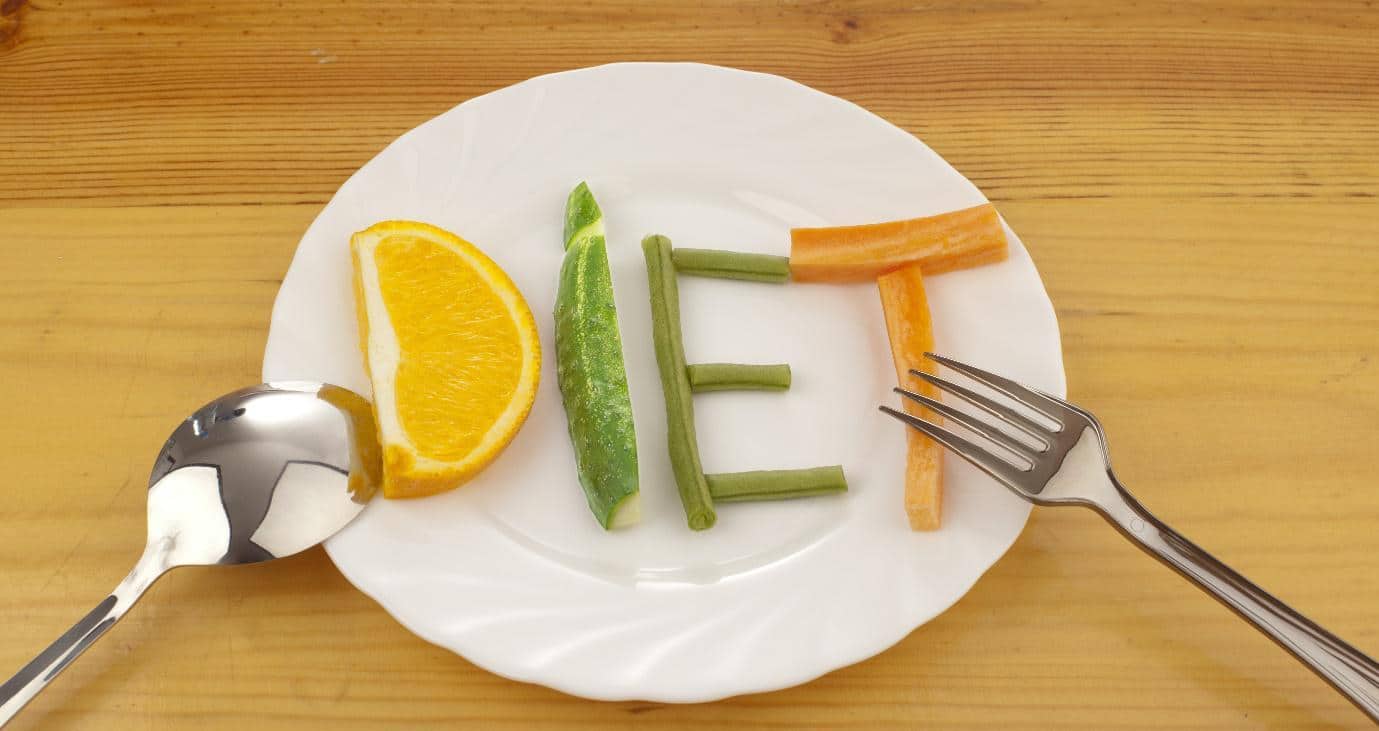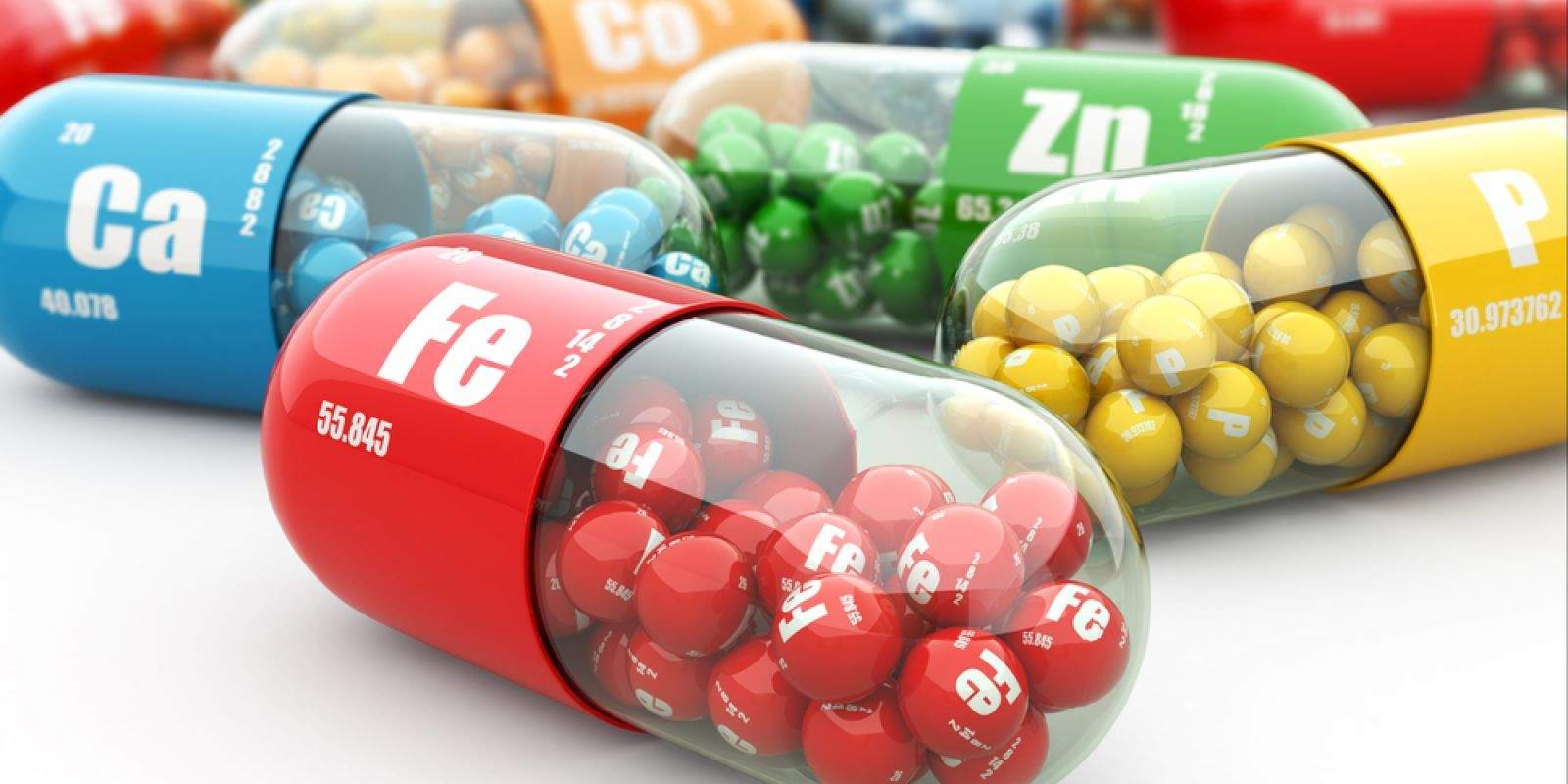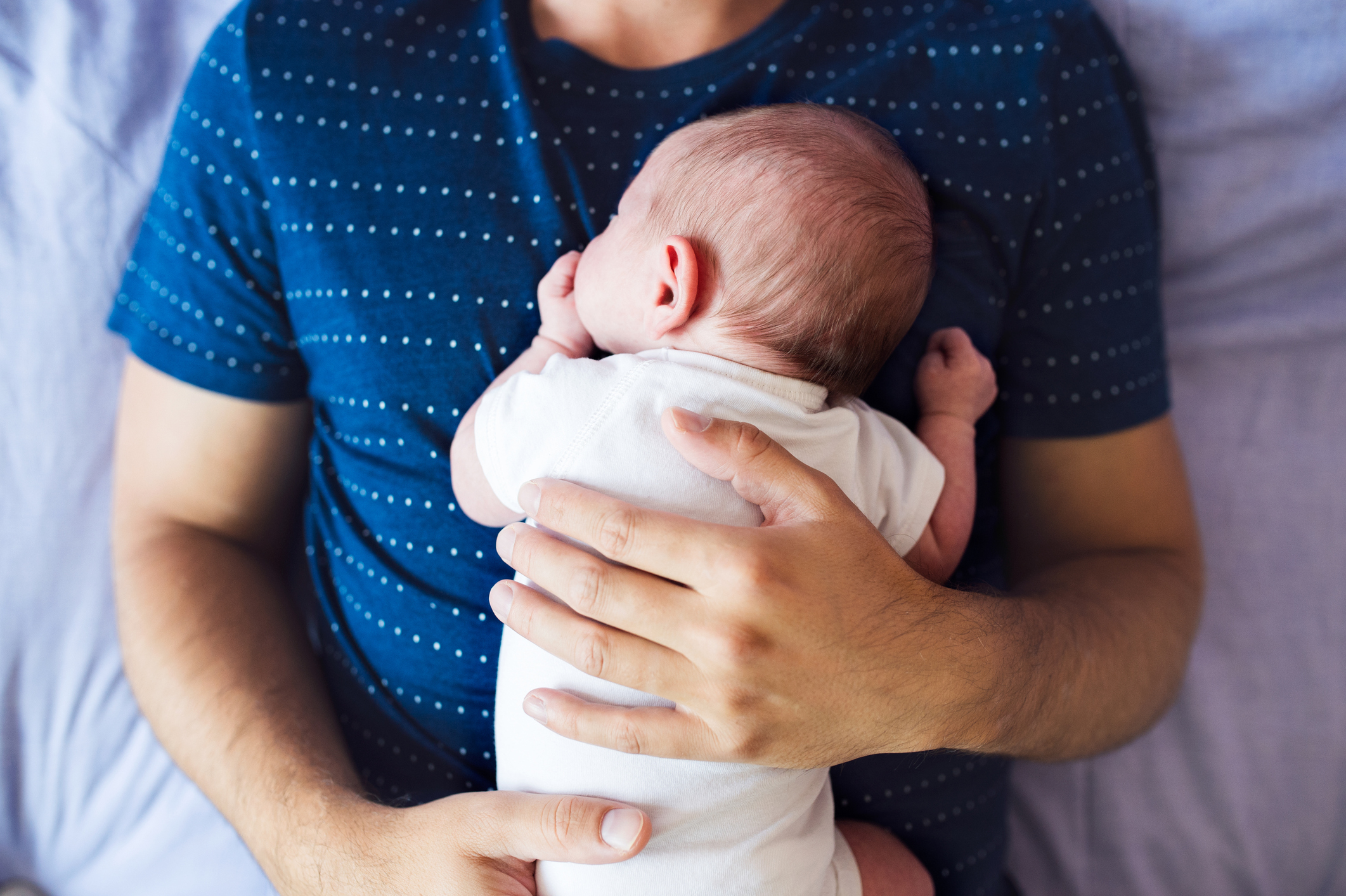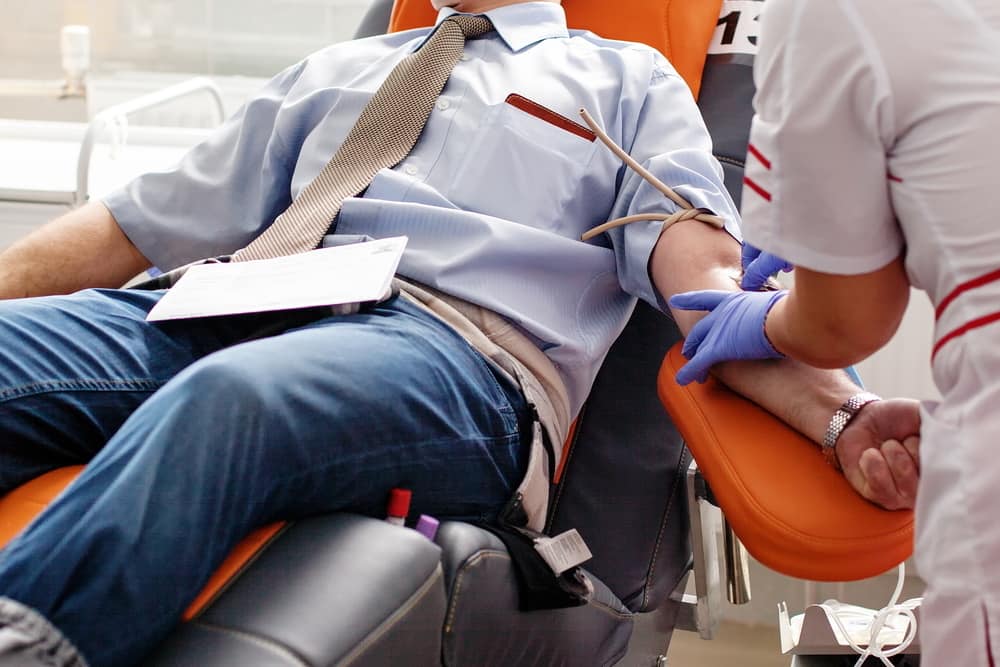Contents:
Medical Video: What causes premature menopause & its management? - Dr. Sheela B S
During the last weeks of pregnancy, the mother delivers calcium to the fetus in her womb to increase the development of the child's bones. But, when babies are born prematurely, the process of transferring these nutrients is interrupted prematurely, resulting in weak bone development when they grow up later.
READ ALSO: 11 Risk Factors Triggering Premature Labor
The relationship between babies born prematurely with the risk of brittle bones in the future
Babies that grow optimally in the womb need 200 mg of calcium from the mother during the final stages of pregnancy until birth. In Indonesia, WHO data in 2013 showed one in six babies was born prematurely before gestational age reached 37 weeks. When a baby is born prematurely, the process of transferring this nutrient becomes stalled prematurely, resulting in the development of weak bones during later adulthood.
Researchers from the Norwegian University of Science and Technology (NTNU) found that due to incomplete calcium transfer, premature babies grew with a lower peak bone mass when compared to infants born from term pregnancies. Peak bone mass, which can be defined as the amount of bone tissue present at the end of bone maturation, is an important determinant of the risk of osteoporosis fracture. In fact, it is estimated that an increase of about 10% of the peak bone mass in all children can reduce the risk of fractures due to osteoporosis during adulthood by up to 50 percent.
During the child's growth and development, bones grow long and can improve very quickly between the ages of 16-18 years, and the child's bone density will continue to increase until the late 20s. Up to 90 percent of peak bone mass is obtained by age 18 in girls and age 20 in boys, which makes childhood and adolescence the best time for children to "invest" in their bone health.
READ ALSO: 4 Exercising Errors That Often Cause Cracks
But, starting at age 35 and above, human bone density will slowly disappear, and women in particular will experience bone loss faster than men in the first few years after menopause, which puts adults and the elderly at greater risk of fractures due to osteoporosis.
Interestingly, the research team also reported that babies born at term but who had a low birth weight also had an increased risk of osteoporosis.
Babies born at term but have a low birth weight are also at risk of natural bone loss
"Our study shows that premature babies with very low birth weight and those who are 'on time' are born, but their body size is relatively small for maternal age, has lower bone mass than the control group, who is born quite a month with normal weight , "Said the study's lead author Dr. Chandima Balasuriya, quoted from Parent Herald.
This study of the association of premature babies and bones involved 186 adults aged 26-28 years, 52 of whom were born with very low birth weights. Fifty adults are born quite a month but are considered small births. Finally, there was a control group consisting of 77 people who were of normal weight after giving birth quite a month.
READ ALSO: Kangaroo Method for Premature Babies or Low Birth Weight
For the three groups above, researchers examined bone mineral content and bone density in the spine, neck, hips, and whole body while measuring height and weight during the study. The researcher also considered the level of physical activity and smoking habits of each study participant.
As a result, small-born adults for gestational age have a lower peak bone mass than the group of participants born with normal weight and enough months. But when researchers corrected bone mass measurements based on this group's height, which tends to be shorter, they found that babies born small for their gestational age, their low bone mass were partly due to their body size.
Conversely, body size alone is not responsible for lower bone mass in premature-born adults.
How to prevent the risk of osteoporosis in premature babies
Peak bone mass is the main determining factor responsible for the risk of developing osteoporosis. Reporting from Infodatin RI Ministry of Health, Based on data from the Indonesian Osteoporosis Association in 2007, Indonesian women with osteoporosis aged over 50 years accounted for 32.3%, while men were around 28.8%. That is, 1 in 4 women in Indonesia with a age range of 50-80 years has a risk of osteoporosis.
However, parents of premature babies can prevent this risk by ensuring that their children eat healthy and sufficient exercise to build bone strength, said scientists from the Norwegian University of Science and Technology (NTNU) and St. Olavs University Hospital.
"Eating foods rich in calcium, vitamin D, and protein, combined with exercise involving load-bearing physical activity can help babies born prematurely and who have a low birth weight to reduce the risk of future fractures," said Balasuriya.
Calcium is the most important nutrient to reach the peak of bone mass. Adequacy of calcium can prevent and overcome osteoporosis. Calcium is not made in the body - it must be absorbed from the food we eat. For the body to effectively absorb calcium from food, we need Vitamin D. Vitamin D can come from diet or sun exposure.

